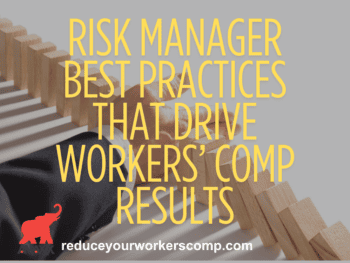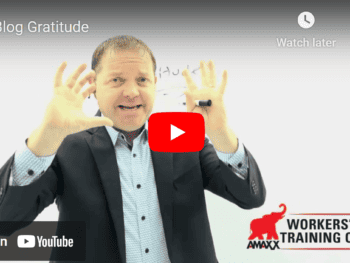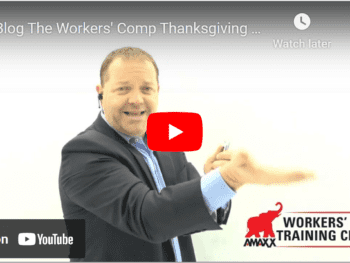
In a typical stewardship meeting a representative for the employer and insurer or third party administrator discuss a pre-prepared report that shows your claims and program trends from the previous year and discuss goals for the next year. While it can be beneficial to get this snapshot of your workers’ comp program, there is much more that can be done.
Best outcomes for injured workers, optimized claims performance, and a reduction of your total cost of risk should be the goals. Savvier companies find more value and better outcomes through an intensive coordinated approach that starts long before the actual stewardship meeting.
Prep Work
Conversations with a multitude of people ahead of time can help you define what you want included in the report, the metrics you want analyzed and the parameters. Among those you may want to consult with are your carrier or TPA account manager, risk management information systems personnel and data analysts; claim and safety consultants; your insurance broker or agent; and others within your own organization.
Click Link to Access Free PDF Download
Key steps in the process at this point include:
1. Set the date. Decide when you want the report completed.
2. Review past reports. This can help you establish a baseline.
3. Formulate a concept for the report.
4. Discuss the format and content of the report; set goals, objectives, metrics, deliverables, ideal takeaways, and the list of attendees.
5. Review preliminary data. Easily available analytical reports can be your starting point until you determine what needs to be customized, depending on what you are trying to accomplish. Not all data is going to be relevant. Some examples of the types of data may include:
- Frequency analysis: claim volume, litigation, examiner caseload and lag time.
- Severity analysis: average/total incurred, average/total paid, loss stratification, lag analysis, litigation, subrogation/recovery.
- Ratio analysis: closure, medical vs. indemnity, payment analysis.
- Managed care analysis; case management, PPO penetration, diagnostic, physical therapy, bill review.
About two months before the meeting, you can conduct a preliminary data review and determine what additional data you need.
6. Draft a preliminary report. Conduct a collaborative review of it and make any changes based on feedback.
7. Finalize the report.
The Meeting
A key to a truly effective stewardship process is to avoid the inclination to only see the positive trends of your workers’ comp program. Equally, or even more important are the areas for improvement, which is where you can make a significant impact. Often carriers or TPAs will avoid showing you potential problem areas, for fear they might be held liable. But it’s important to see both. For example, an increase in frequency does not necessarily signify a problem — if your payroll has increased through company growth. You need to see all of the trends.
8. No finger pointing. Honesty and openness are imperative among all parties to the stewardship process for better analysis and improvements. Each should have a sense of collective buy in to the purpose and outcome of the session.
9. Evaluate the results. Discuss the reasoning behind any emerging trends to see what they mean and what might be done to ensure they lead to best outcomes. Look at any services, initiatives and program enhancements that may be impacting them. Changes to the company’s financial stability, openings or closings of new facilities, or natural disasters may have occurred that could affect trends.
FREE DOWNLOAD: “5 Critical Metrics To Measure Workers’ Comp Success”
10. Set measurements. Determine goals and metrics to better understand the success of strategies you have implemented. Create a detailed action plan with target dates.
Summary
The stewardship process can be a rich tool to raise the bar on your company’s workers’ comp program. But failing to properly plan, having unreasonable expectations, inviting the wrong attendees and having an inability to be completely open can make the stewardship meeting a disaster. Getting commitment from all parties to a specific plan with responsibilities and due dates will lead to a successful stewardship process and best outcomes for your injured workers and your company.

Contact: mstack@reduceyourworkerscomp.com.
Workers’ Comp Roundup Blog: http://blog.reduceyourworkerscomp.com/
©2023 Amaxx LLC. All rights reserved under International Copyright Law.
Do not use this information without independent verification. All state laws vary. You should consult with your insurance broker, attorney, or qualified professional.
FREE DOWNLOAD: “5 Critical Metrics To Measure Workers’ Comp Success”

















